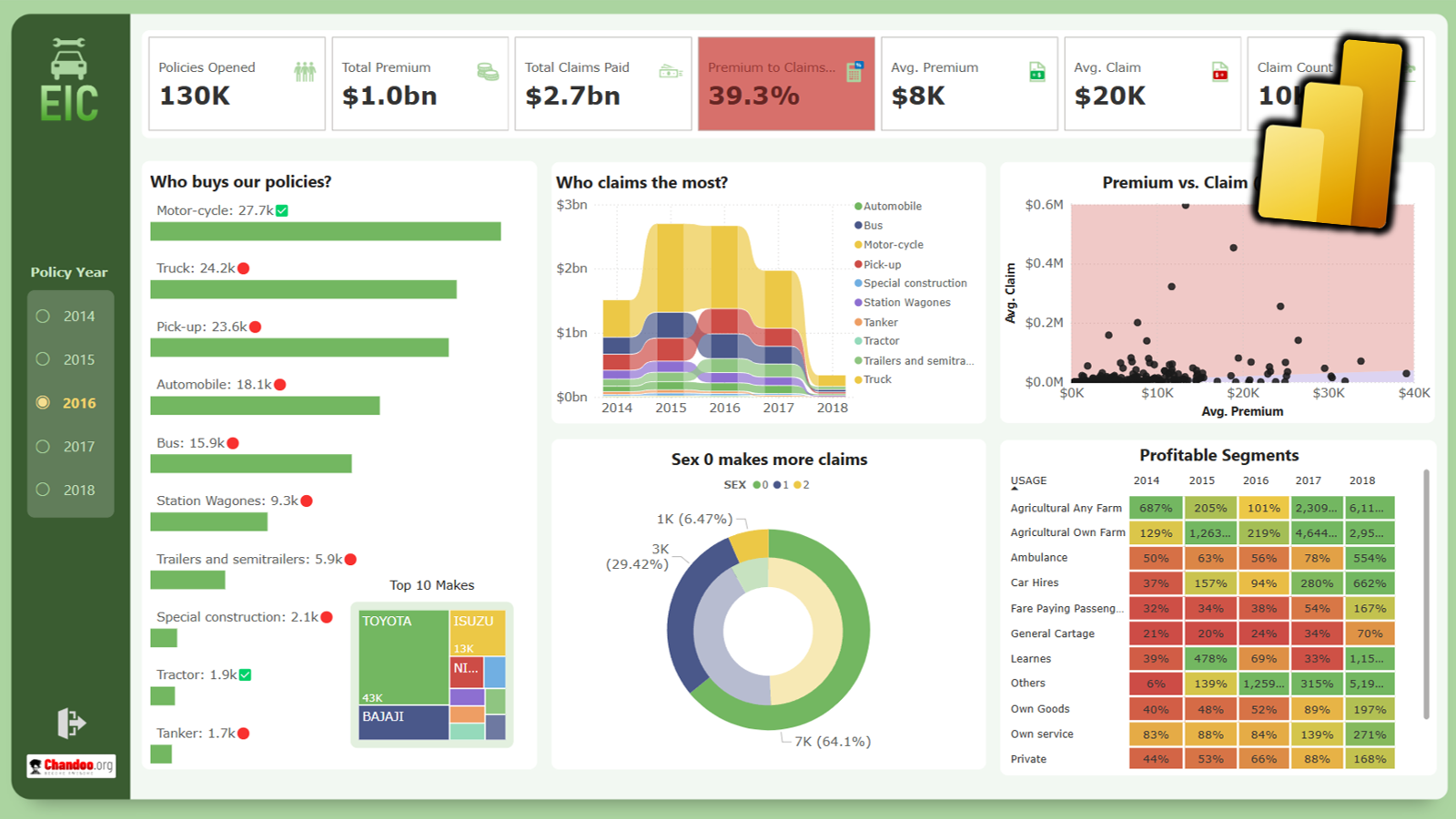Once you start using Excel to develop systems, budget, forecast and large tables of data you may come across the dilemma of “How do I know this is right” or “How do I truth check this”.
This post, Huis second, will add a tool to your arsenal to help you out.
The technique below allows for the rapid visual evaluation of 12 or more days/months/years of data via a chart of 2 variables and the ratio between them, utilising 2 sliders to rapidly change input variables.
DATA
Typically all businesses deal in 3 types of numbers, ie: Dates or Times, Physicals and Dollars.
Dates may include Times, Days, Weeks, Months, Years or any periods in between
Physicals directly relate to the business you are in but may include inputs and or outputs: eg: metal, tyres and cars, sugar, flour and cakes or whatever your business makes, strangely Physicals may also include Dollars, if you’re in the financial services sector. People are a Physical.
And Dollars which could be revenue, costs, cashflows or profit types of numbers.
I have found one of the best methods of looking at large tables of data is to look at a key input or output physical and then interactively scroll through the cost or income and calculate a ratio between the two.
I am going to use as an example a budget which has 40 rows of data including Physicals and Costs. But you will see that the techniques here can easily be extended to hundreds of rows. You can download this file here: Bobs Homes
The technique below allows rapid visual evaluation of 12 or more months data a chart of 2 variables and the ratio between them.
Using 2 sliders the user can rapidly move between variables and evaluate the variance over a given time frame against another variable.

The technique involves the charting of 3 ranges which in turn will be controlled by 2 sliders.
The first Range and slider will allow the selection of a Physical.
The second Range and slider will allow the selection of the Cost/Income component.
The third range will be the ratio of these, but specifically cost or income per physical.
I have attached a workbook, Bobs Homes, which contains 2 models, an example model for you to practice the following techniques on and a completed model which you can examine and pull apart to see how it works.
Load the model and scroll around and see what data is available. You will notice a time scale across the top with Physicals and Dollars down the left side. The Physicals and Dollars are grouped into common areas like inputs, outputs and costs, income and profit.
You will also note that there are 10 blank rows at the top of the worksheet. I do this so that I can perform simple calculations, charts or other workings without upsetting the data and other calculations below and for macro’s which automatically find the bottom of the data I know there is nothing below my data to upset the calculations.
Let’s jump in
SETUP
We’re going to add the following components
Headings

A2: Physical
A3: Cost/Revenue
A4: Ratio
E1: =E12
and copy across to Q1
Data
C2: 1
C3: 1
D2: =CONCATENATE(OFFSET(B$13,$C$2,0),OFFSET(C$13,$C$2,0))
D3: =CONCATENATE(OFFSET(B$22,$C$3,0),OFFSET(C$22,$C$3,0))
D4: =CONCATENATE(D3,”/”,D2)
E2: =OFFSET(E$13,$C$2,0)
E3: =OFFSET(E$22,$C$3,0)/1000
Copy E2:E4 across to Q2:Q4
Chart
Select Area D1:Q4
Insert Chart, Line Chart with or without markers to your liking
Suggestion – Place the Chart between the Data and the new Headings and formulas you have just added
Adjust the Legend to be at the Bottom of the chart
Sliders
Insert 2 Sliders
Developer Tab, Insert Scroll Bar (Form Control)
If you don’t have the Developer Tab, Have a read of: http://chandoo.org/wp/2009/05/26/excel-2007-productivity-tips/
Position the scroll bars so they are vertically next to the Chart, Use Alt whilst dragging to snap to Cell corners or edges
Link the sliders to the lookup cells

Slider 1
Current value: 1
Minimum: 1
Maximum: 7 (This is the number of Rows of Physicals data)
Incremental Change: 1
Page Change: 0
Cell Link: $C$2
Slider 2
Current value: 1
Minimum: 1
Maximum: 19 (This is the number of Rows of Cost/Revenue data)
Incremental Change: 1
Page Change: 0 (set this to maybe 10 if you have more than 30/40 rows)
Cell Link: $C$3
FINAL MODEL
You can now select a Physical by dragging the Left Scroll bar
You can now select a Revenue/Cost by dragging the Right Scroll bar
The Ratio of Cost/Revenue to the Physical is calculated and the 3 are all charted
Examine the model and see what variances in inputs/outputs can be seen.

HOW DOES THIS WORK?
The Formula in E2:Q3, are extracting the physicals and Cost/revenue data from the main body of the report by simply using an Offset function from the top of the Physicals and Cost/Revenue area.
The Distance they offset is retrieved from the control Cells C2:C3
The labels for the Physicals and Costs/Revenues are also retrieved using 2 Offsets inside a Concatenate. This is done to allow Heading Rows and Sub Headings to be displayed and joined if available from 2 separate columns.
The Chart is a simple Line Chart which is charting the 3 Data Rows (E2:Q4) against the Time Period (E1:Q1) at the top of the work area.
You can customise the chart to your content.
The 2 sliders control the control Cells C2:C3, and allow for interactive selection of Physicals and costs.
In use often you will find that one of the Physicals, Costs/Revenue or Ratio is generally much smaller in scale than the other 2 measures. Generally it is a good idea to plot the odd scale against a secondary Y axis.
Select the series line, Right Click and select Format Data Series
FUNCTIONS USED:
Offset: http://chandoo.org/wp/2008/11/19/vlookup-match-and-offset-explained-in-plain-english-spreadcheats/
Concatenate: http://chandoo.org/excel-formulas/concatenate.html
How do you truth check your data? Let us all know in the comments below:
How are you finding the content level of my posts? Let me know in the comments below:





















